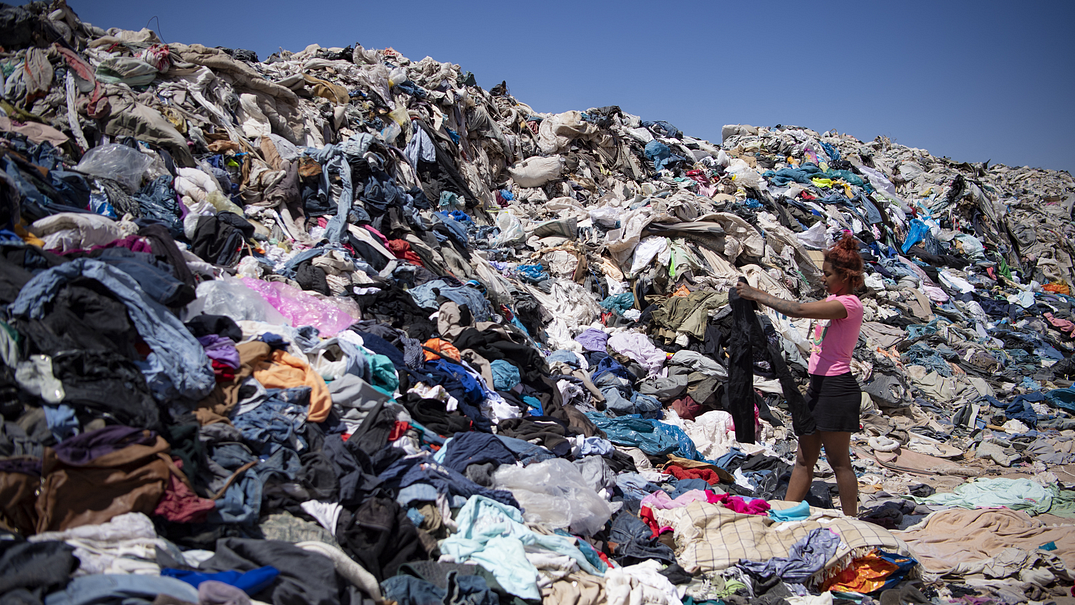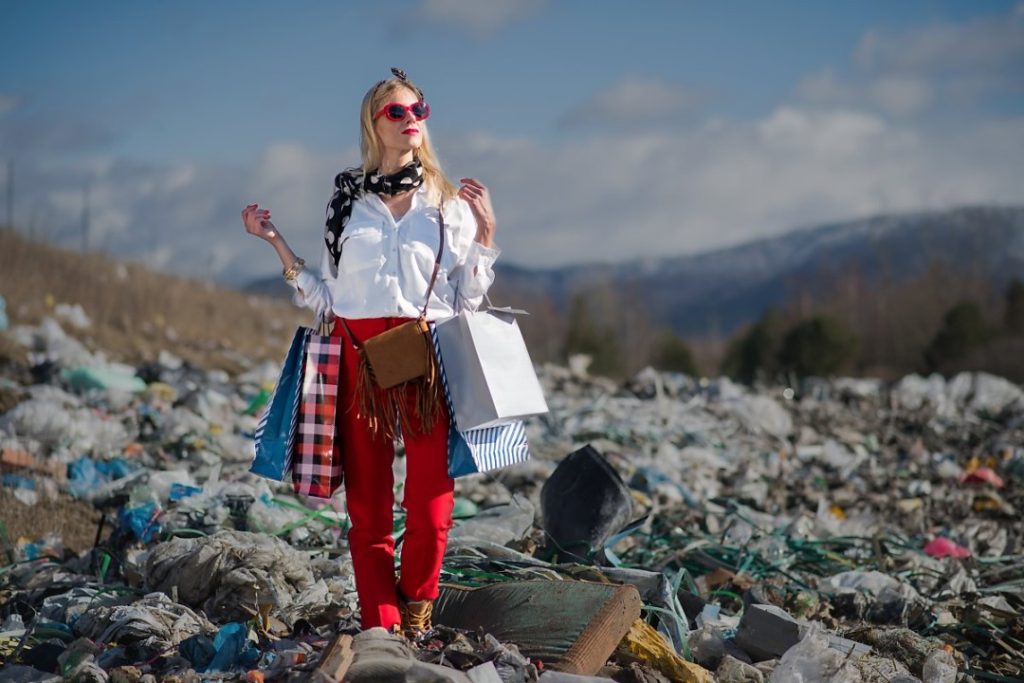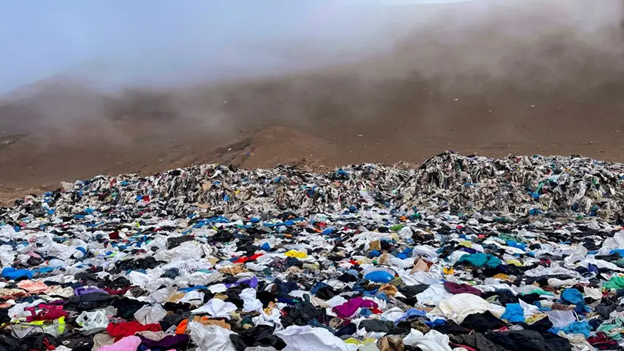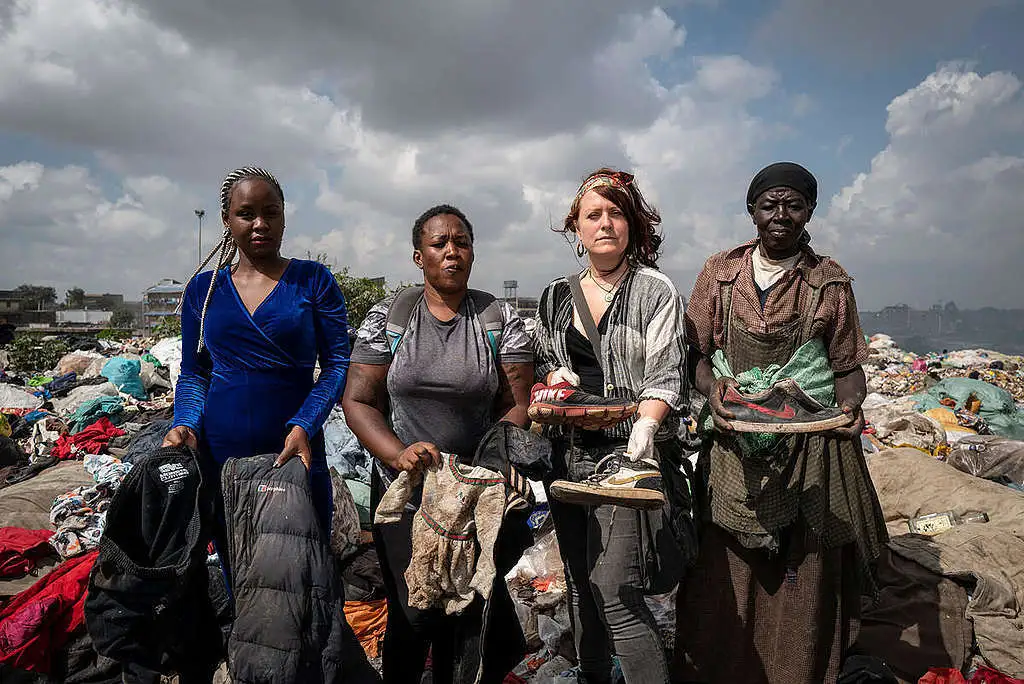The fashion industry has a significant environmental impact, contributing to pollution, resource depletion, and climate change. From the production of fabrics to the disposal of garments, each stage of the fashion life cycle has consequences for the planet. Fast fashion, in particular, with its emphasis on cheap, disposable clothing, has accelerated these negative effects. This industry consumes vast amounts of water, releases harmful chemicals into the environment, and generates massive amounts of waste.
Transitioning to sustainable practices in fashion is crucial for reducing these environmental harms. By using eco-friendly materials, minimizing waste through recycling and upcycling, and adopting ethical production methods, fashion brands can lessen their ecological footprint. Sustainable fashion not only preserves natural resources but also promotes social responsibility and ethical treatment of workers.
Table of Contents
Understanding Sustainable Fashion
Understanding sustainable fashion involves recognizing its principles and practices aimed at reducing the environmental and social impact of clothing production. Sustainable fashion encompasses various aspects, including materials, production processes, and supply chains.
At its core, sustainable fashion prioritizes the use of environmentally friendly materials such as organic cotton, hemp, or recycled fibers. These materials minimize the ecological footprint of clothing by reducing water consumption, pesticide use, and energy consumption compared to conventional fabrics.
Moreover, sustainable fashion emphasizes ethical labor practices throughout the supply chain, ensuring fair wages, safe working conditions, and respect for workers’ rights. It promotes transparency and accountability, allowing consumers to make informed choices about the products they buy.
Overall, understanding sustainable fashion involves recognizing its commitment to environmental conservation, social responsibility, and ethical practices throughout the garment’s lifecycle. From sourcing raw materials to manufacturing, distribution, and disposal.
How Sustainable Fashion Helps the Environment
Sustainable fashion offers numerous benefits for the environment by addressing various environmental challenges posed by the conventional fashion industry.
- Reduced Carbon Footprint: Sustainable fashion practices prioritize minimizing greenhouse gas emissions by using renewable energy sources, implementing energy-efficient production processes, and reducing transportation distances. This helps mitigate climate change impacts.
- Conservation of Natural Resources: Sustainable fashion promotes the use of eco-friendly materials, such as organic cotton, hemp, and recycled fibers, which require fewer natural resources like water and land compared to conventional materials. It also encourages responsible water management and land stewardship practices.
- Minimization of Waste and Pollution: Sustainable fashion aims to minimize waste generation throughout the supply chain by embracing practices such as zero-waste manufacturing, recycling, and upcycling. Additionally, it reduces pollution by using non-toxic dyes and chemicals and implementing eco-friendly wastewater treatment processes.
- Preservation of Ecosystems and Biodiversity: By reducing the environmental impact of clothing production, sustainable fashion helps preserve ecosystems and biodiversity. This includes protecting habitats, wildlife, and ecosystems affected by conventional farming practices and industrial pollution.
Innovations in Sustainable Fashion
Innovations in sustainable fashion are revolutionizing the industry by introducing cutting-edge technologies and practices aimed at reducing its environmental and social impact.
Sustainable Materials
Researchers and designers are constantly developing innovative materials derived from renewable sources, such as pineapple leaves (Piñatex), mushroom leather (Mylo), and lab-grown textiles (lab-cultivated silk and leather). These alternatives offer eco-friendly alternatives to traditional fabrics, reducing reliance on resource-intensive materials like conventional cotton and synthetic fibers.
Eco-Friendly Production Techniques
Sustainable fashion brands are embracing eco-friendly production methods to minimize environmental harm. This includes adopting zero-waste manufacturing processes, which aim to reduce or eliminate waste during production, as well as implementing water-saving techniques and utilizing non-toxic dyes and chemicals to reduce pollution.
Circular Fashion Initiatives
Circular fashion initiatives focus on closing the loop in the fashion industry by promoting practices such as clothing rental, resale, and repair. Brands are embracing circular economy principles to extend the lifespan of garments, reduce waste, and promote resource efficiency. Additionally, advancements in textile recycling technologies allow for the creation of new fabrics from post-consumer and post-industrial waste, further reducing the industry’s environmental footprint.
Digital Innovation
Digital technologies are being leveraged to improve supply chain transparency and traceability, enabling consumers to make informed choices about the products they buy. Blockchain technology, for example, can be used to track the journey of garments from raw material sourcing to production and distribution, ensuring ethical and sustainable practices throughout the supply chain.
Companies Leading the Way
Several companies are leading the way sustainably, setting examples through their commitment to environmentally friendly practices and ethical standards.
Patagonia
Patagonia is renowned for its dedication to sustainability and social responsibility. The company uses recycled materials, such as recycled polyester and nylon, in its products and actively advocates for environmental protection. It also supports fair labor practices and donates a portion of its profits to environmental causes.
EILEEN FISHER
EILEEN FISHER is committed to sustainability across its supply chain, from sourcing eco-friendly materials like organic cotton and Tencel to implementing responsible manufacturing processes. The company also offers recycling programs for old garments through its Renew program, turning them into new products and reducing waste.
Stella McCartney
Stella McCartney is a pioneer in sustainable luxury fashion, prioritizing ethical and cruelty-free practices. The brand avoids using leather, fur, and other animal-derived materials and instead opts for innovative alternatives like vegan leather and recycled fabrics. Stella McCartney also champions sustainable supply chain practices and transparency.
Reformation
Reformation focuses on creating stylish, sustainable clothing using eco-friendly materials and responsible manufacturing practices. The brand calculates and discloses the environmental footprint of each garment, including water usage and carbon emissions. Reformation also offers recycling programs and offsets its carbon footprint through investments in renewable energy projects.
Veja
Veja is a French footwear brand known for its sustainable sneakers made from organic cotton, natural rubber, and recycled materials. The company prioritizes transparency and fair labor practices, sourcing materials directly from producers and ensuring fair wages and working conditions.
Challenges and Future Outlook
The fashion industry faces several challenges in transitioning to sustainable practices, but there is also a promising future outlook for sustainability in fashion.
Challenges
- Consumer Behavior: Shifting consumer preferences and habits towards sustainable fashion can be challenging, as many consumers prioritize price and trends over environmental and ethical considerations.
- Supply Chain Complexity: The global nature of the fashion supply chain poses challenges for transparency and accountability, making it difficult to trace the origin of materials and ensure ethical and sustainable practices.
- Cost and Scalability: Implementing sustainable practices often involves higher upfront costs and may require significant investment in research, development, and infrastructure. Scaling sustainable production to meet demand while remaining cost-effective can be a hurdle for many companies.
- Lack of Regulation: The fashion industry lacks comprehensive regulations and standards for sustainability, leading to inconsistency in practices and greenwashing by some brands.
Future Outlook
- Technological Innovations: Advances in technology, such as blockchain, artificial intelligence, and 3D printing, offer opportunities to improve supply chain transparency, traceability, and efficiency, making sustainable practices more achievable.
- Collaboration and Partnerships: Collaboration among stakeholders, including brands, suppliers, NGOs, and policymakers, is essential for driving systemic change and creating a more sustainable fashion industry.
- Consumer Education and Awareness: Increasing awareness and educating consumers about the environmental and social impact of fashion can empower them to make more sustainable purchasing decisions and drive demand for ethical and eco-friendly products.
- Circular Economy: Embracing circular economy principles, such as recycling, upcycling, and extended product lifespan, can help reduce waste and resource consumption in the fashion industry, paving the way for a more sustainable and regenerative future.
FAQs
What is fast fashion, and why is it harmful to the environment?
Fast fashion refers to the rapid production and consumption of inexpensive clothing, often characterized by short-lived trends and low-quality garments. It’s harmful to the environment due to its high resource consumption, pollution, and contribution to waste.
How does fast fashion contribute to pollution?
Fast fashion contributes to pollution through various means, including the release of toxic chemicals during textile production, water pollution from dyeing processes, and the disposal of large quantities of garments in landfills.
What are the environmental consequences of textile dyeing and treatment in fast fashion?
Textile dyeing and treatment in fast fashion often involve the use of hazardous chemicals and large amounts of water, leading to water pollution and ecosystem degradation. These processes also contribute to greenhouse gas emissions and energy consumption.
How does fast fashion impact global carbon emissions?
Fast fashion contributes to global carbon emissions through its reliance on fossil fuels for production, transportation, and disposal. The industry’s carbon footprint includes emissions from manufacturing, transportation, and the decomposition of synthetic fibers in landfills.
What can individuals do to reduce the environmental impact of fast fashion?
Individuals can reduce the environmental impact of fast fashion by practicing mindful consumption, opting for quality over quantity, supporting sustainable and ethical fashion brands, and embracing practices such as clothing rental, resale, and repair.
Conclusion
Fast fashion has a big impact on our environment. It creates a lot of pollution, uses up valuable resources, and adds to global warming. But there’s hope for change.
By raising awareness and supporting eco-friendly brands, we can make a difference. Choosing quality over quantity and being mindful of our purchases helps too. Together, we can push for better regulations and encourage the fashion industry to be more responsible.
Let’s work together to create a fashion industry that’s kinder to the Earth and its people. It’s time to slow down and make choices that benefit everyone, now and in the future.







